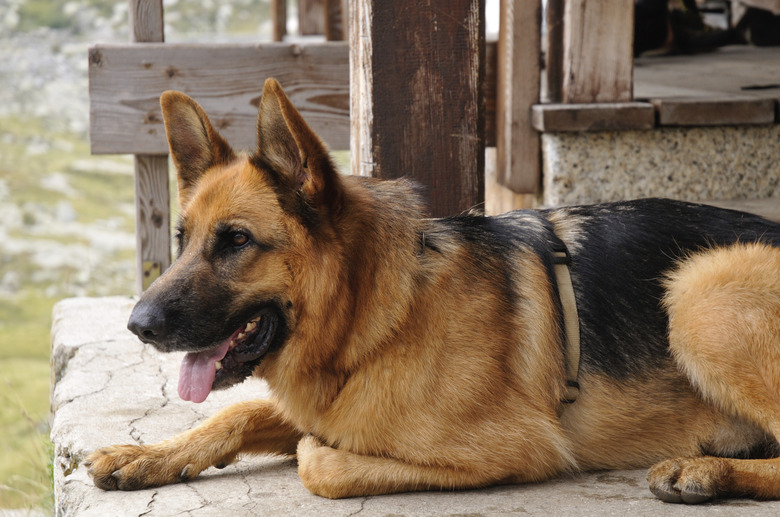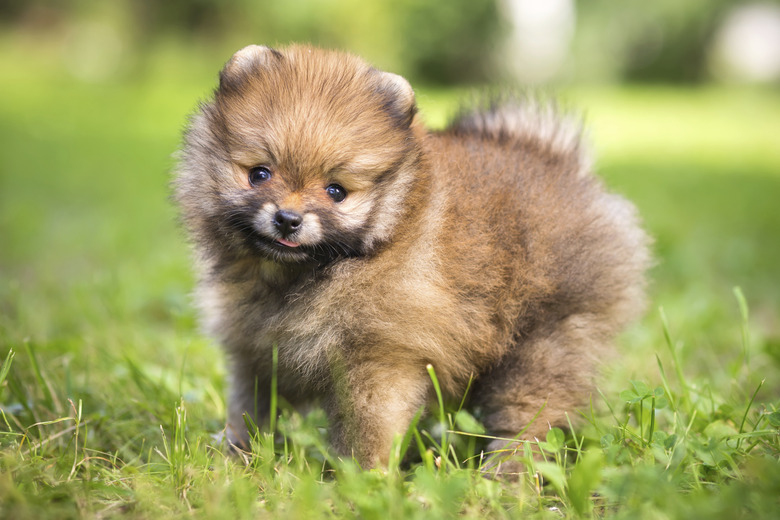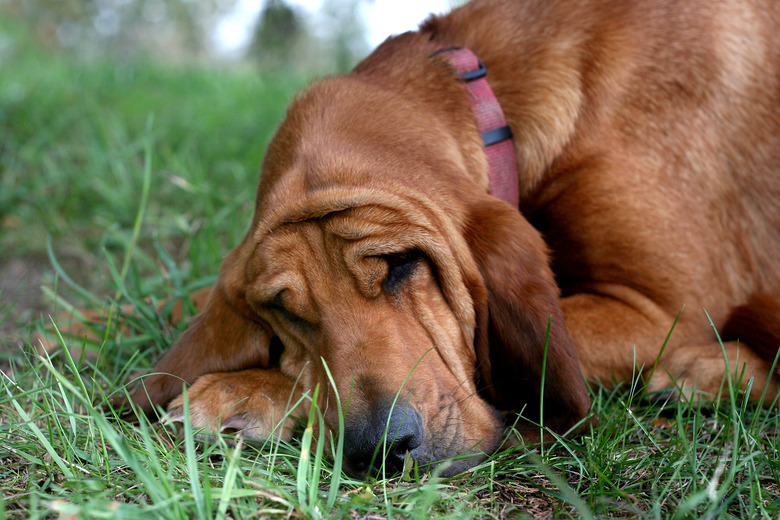The Worst Dogs For Allergy Sufferers
Certain breeds tend to cause greater allergic reactions in susceptible people than others. While dogs like the well-known black and white dog breed, the Dalmatian, are hypoallergenic, other breeds can make allergies worse. It's not necessarily the dog hair causing the reaction, but also canine saliva and dander. The worst dogs for allergies include double-coated breeds, excessive droolers, and animals with a strong odor.
High-shedding dogs impact allergies
High-shedding dogs impact allergies
Some of America's best-known breeds are high shedders — among the worst dogs for people with allergies. These include the Labrador retriever, Dalmatian, Siberian husky, golden retriever, chow chow, and German shepherd — referred to by some as "the German shedder."
If you have your heart set on a Lab or Golden retriever — perennially in the top 10 of the American Kennel Club's top registrations — consider a Labradoodle or goldendoodle. These "designer dogs" result from crossing a Lab or golden with a standard poodle, with the purpose of creating a canine with the poodle's low-shedding coat and the golden or Lab's personality. Other non-shedding dog breeds include the bichon frise, the schnauzer, the Chinese crested, poodle, Basenji, and Maltese.
The worst dogs for allergies
The worst dogs for allergies
Developed and still used as hunters, hound dog breeds have an exceptional sense of smell. They also have an exceptional odor, not often found in healthy, non-hound breeds. Since hounds hunt in packs, pack members must know where each and every member is, and what a particular dog is doing during the hunt.
The hound odor helped pack members accomplish that task, but this makes them some of the worst dogs for allergies. Canines with strong, natural odor include the beagle, various types of coonhound, bloodhound, basset hound, and foxhound.
Double-coated dog breeds
Double-coated dog breeds
Double-coated breeds generally have a soft undercoat and a top coat of harsher texture. These dogs don't necessarily shed more than other dogs — although some do — but they "blow" their coats twice a year, usually in fall and spring, filling the owner's home with fluff. Many of the Northern breeds — those originally bred to live outside — fall into this category. These include the Akita, American Eskimo, Keeshond, malamute, Great Pyrenees, Samoyed, Norwegian elkhound and the tiny Pomeranian.
Drooling dogs and allergies
Drooling dogs and allergies
Excessive drooling can be as bad as heavy shedding. That saliva manages to get all over the place, carrying its allergens with it. Most mastiffs and mastiff crosses drool, as do Newfoundlands and bulldogs. The Bloodhound, already not a good choice for allergy sufferers, is nicknamed the "droolhound" or "slobberhound." Saint Bernards, who are heavy shedders, also is also among the drooling dog breeds.
Just because you have allergies, does not mean you can't bring a dog into your family, but these are some things to consider when searching for your new pet.
This list of high allergen dogs should help you narrow down which breeds might not work for you. But if you're allergy-prone, it's best to spend time with a canine to physically interact with them before bringing them home, to make sure it will be a good fit for both of you.
Hypoallergenic guard dogs include German shepherds, boxers, Rottweiler, and Great Dane, to name a few. And there are ways to help minimize the impact if a breed still causes respiratory irritation, including air purifiers, weekly bathing, and allergy medication for sufferers.


